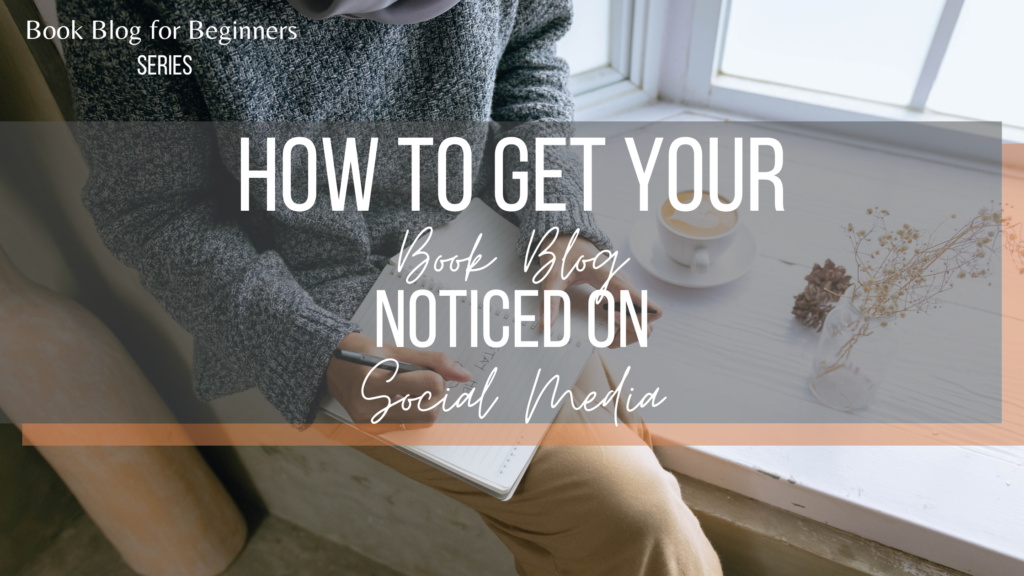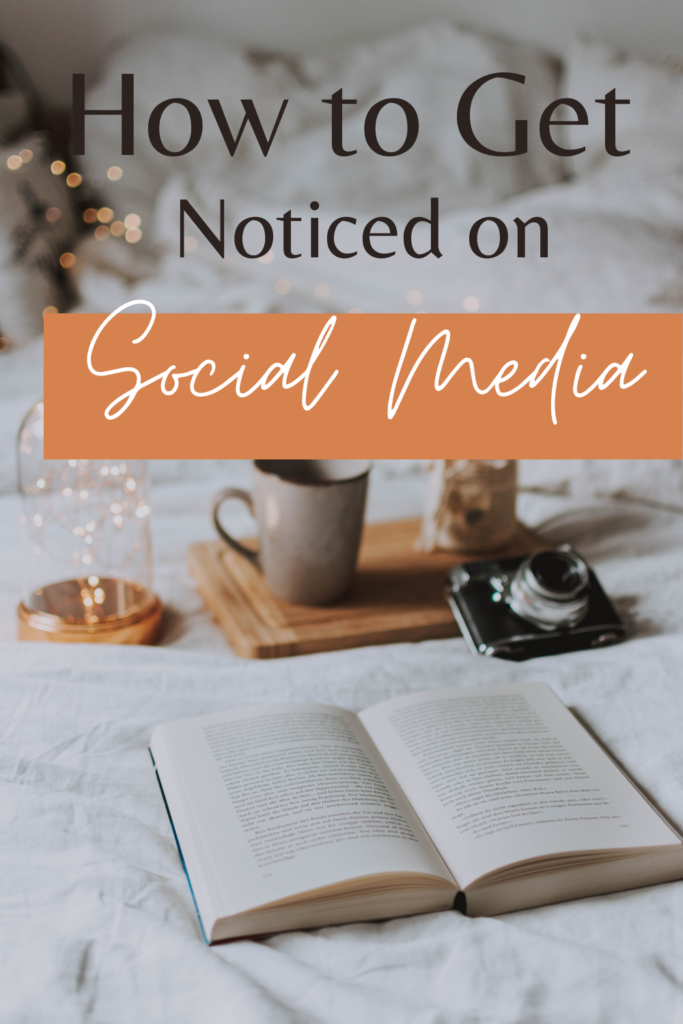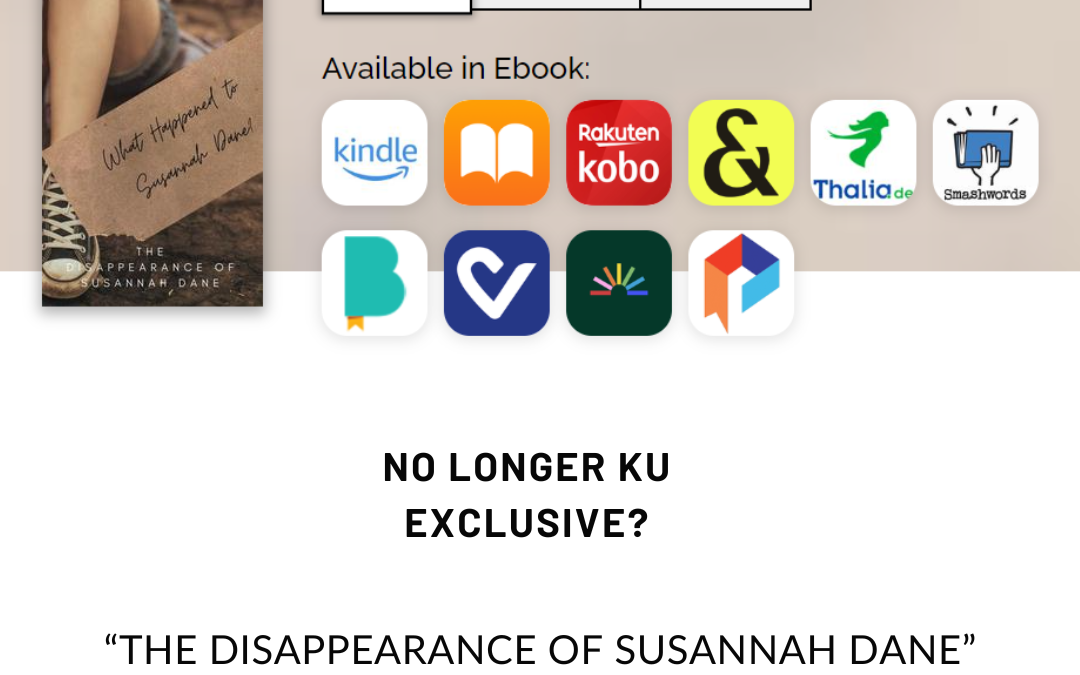This post contains affiliate links. To learn more about my affiliate associations, please visit this page for my full disclosure.
This is the 5th post in my Book Blog for Beginners Series!
- Why You Should Start a Book Blog
- Free Resources for Book Bloggers
- Can You Get Paid for Book Reviews?
- How to Get Your Book Blog Noticed by the Algorithms (SEO, Data Analytics)
- How to Get Your Book Blog Noticed on Social Media

How to Get Your Book Blog Noticed on Social Media
This post was proofread by Grammarly
It’s one thing to get a computer algorithm to pay attention to you and a whole ‘nother thing to reach your peers. Social media makes this process really simple, but that doesn’t mean it’s easy.
Sometimes it can feel like you are vying to be the most popular girl at school. I, for one, hate that feeling. If you are posting daily and not seeing a return on your invested time in the form of followers or interactions, then this post is for you.
Find Your Audience
Your audience is defined as the people that are paying attention. While you might be writing for no one at first, eventually your weekly posts will be something your audience looks forward to. For super fans, they will wait anxiously on your posting day for new content. They might even squeal a little when they see your notifications pop up.
But how do you find that audience?
You need to think of your ideal reader. Who are you writing for? And get specific. Like maybe you’re writing for yourself when you were in high school or for middle-aged moms that drink wine and read romance novels exclusively. Get real specific. It will help you write your content for your audience.
If you ever find yourself posting advertisements or trying to team up with a brand, you will want to be able to quickly describe your core audience.
If you are using your data analytics correctly, it will be able to tell you if you are successfully reaching your core audience. Your audience might be women ages 18-35 with a huge interest in cookbooks. If you don’t see that demographic or those related keywords on your data analysis, you know it’s time to change things up.
Use Niche Specific Hashtags
Even if you’re not on Instagram, you need to be familiar with the Bookstagram Hashtags. They have carried over into every other social media platform. This post by The Riverside Library features over 100 hashtags to choose from, so experiment and see which ones fit your blog!
If you are trying to reach a local audience, include local hashtags for your area as well. The same goes for genres and any other niches that apply to you.
Keep Graphics Clear & Concise
I wanted to create an exaggerated example of a bad book post. The cover used here is an alternative cover for my book, Dragon Bounty, so that I don’t offend any other authors by making terrible graphics with their works.

There’s a lot of things going wrong up there. The book is layered too many times, the background makes it look too busy, the colors clash, the text and images are not properly overlayed… This post has problems. Yet I see posts like this from authors and bloggers alike! It isn’t enough to just throw some text over books. You do have to put a little bit of thought into it.

This is better. It’s easier to read and the colors are complimentary. It’s still not perfect and won’t win any awards for creativity. This is just an example of bare-bones graphics that aren’t offensive to look at, even if they aren’t super interesting either. The taglines that I did include are brief and to the point. No one wants to zoom in and scroll around an image to read a paragraph of tiny text, guys.
Even this could be improved on by featuring a physical book with related materials carefully placed around it on a neutral background, #Bookstagram style. But if you don’t have a fancy iPhone, props for photography, or the time to stage those photos, you can get by on images like this.
Both of these images were created using Canva, which is free and really useful! I can’t think of many blogs that get by without it (or an in-depth understanding of Photoshop.)

Post Consistently, Not Constantly
You may not use social media every day. Here’s the good news: you don’t have to post every day either. I know, everyone is saying to post 12-20x a day on Twitter and 5x a day on Facebook and it’s exhausting. If you don’t use social media every day, don’t try to post there every single day.
But on that one day a week that you do post, don’t you dare drop twenty posts at the same time. There is nothing more annoying than scrolling through your feed and seeing post after post of the same blogger that didn’t feel like taking the time to schedule them out. This is a post dump and it’s not great.
The other side of that coin is posting constantly because you’re there! Well, you can also spam out someone’s newsfeed by sharing dozens of posts every day.
The idea with social media is to be consistent. The algorithms will reward you if you post at the same time a day, every day. If you dump all your posts on Sunday and it’s crickets the rest of the week, then that’s not great for the algorithms. They don’t know how to get your posts in front of your audience because it’s sporadic.
Most social media sites let you schedule your content ahead of time. If you aren’t going to post every day, consider scheduling content once a week that can hold you over all week long. If you aren’t there, you will miss opportunities to interact with people on your content. So, maybe don’t post “how are you?” on Thursday, if you aren’t going to be there to interact!
This is Social Media Marketing
There is literally a whole industry built around social media marketing. You need to know your audience so that your content is tailored to them. And you also need to respect their time by not posting poor-quality junk all over their feed. If you aren’t a social media marketing expert, you may not know or understand all of the nuances behind the algorithms and posting schedules and core audience analysis. That’s okay.
There are a lot of programs you can use to help you schedule your content regularly, like Tailwind and Buffer, and Hootsuite. Even Canva has integration for social media!
In the beginning, just focus on not being an asshole and you’ll be okay.
Interested in a Blogging Course? #ad
If you need even more help tackling blogging, social media, and photography, consider one of the courses from A Beautiful Mess. They aim to help you learn more faster, with expert courses on all things blogging.






0 Comments